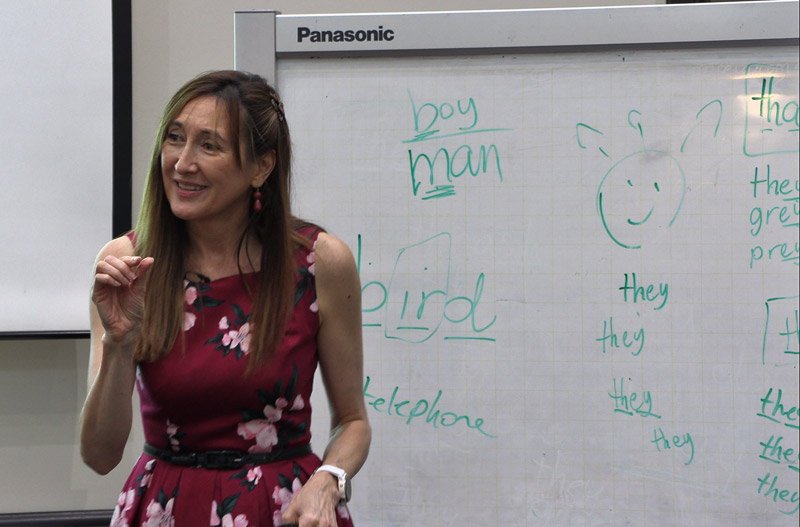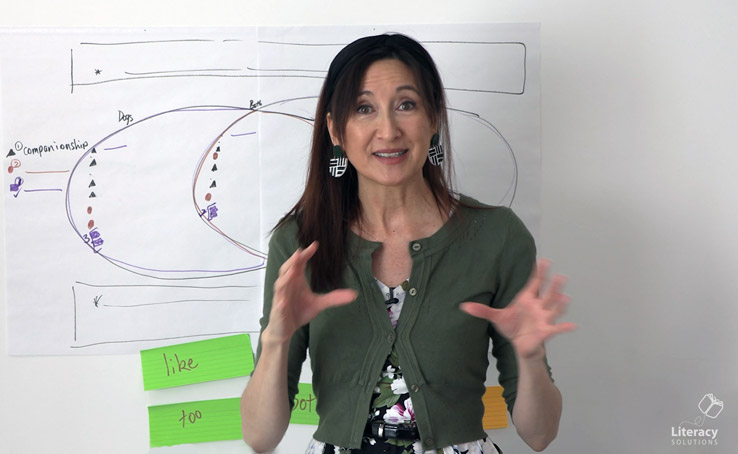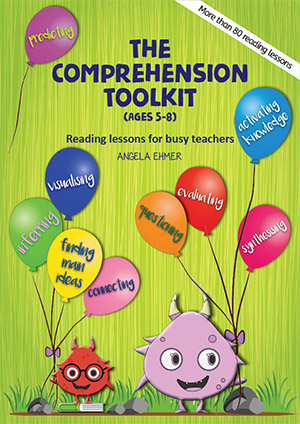Prevention versus intervention: supporting beginning readers/writers
 Data gathering is vital for planning effective instruction
Data gathering is vital for planning effective instructionThe reading gap
The gap which divides “good readers and spellers” and “poor readers and spellers” begins to form early in a student’s school life. Early years’ teachers observe differences in their students’ expressive and receptive language, knowledge about print, abilities to hear sounds and sound patterns, and to articulate and recreate them.
With this diversity in mind, can careful attention to literacy practices in the early years prevent some children from experiencing longer term reading and writing difficulties?
Early screening programs
Many schools implement early screening programs in order to make inferences about potential achievement, to group students for instruction or to plan for early intervention or support programs. Once identified through a general screening process, how is the instruction planned, sequenced and implemented to be most effective?
This is the point at which more specific data is required. Data suggesting what students know and don’t know, what they can do, are trying to do and neglect to do is vital for planning effective instruction. For early years’ teachers, busy getting to know students, build a rapport, establish routines and manage a new class, gathering detailed information at this time can be challenging.
Gathering data
If school leaders accept that the screening process is a strategy enabling educators to infer potential outcomes, how can our leaders support teachers to gather the information required to plan for the most effective teaching programs? Can teachers be scheduled for pockets of release time early in the year, in order to gather the data they need? Can teachers be given time to liaise with other teachers, support staff and professionals in order to devise and manage learning programs? Do teachers have access to professional learning which enables and empowers them to embed the instruction required within the classroom program?
There is no disputing that:
- early intervention is the most effective.
- early intervention helps to prevent ongoing learning difficulties for some students.
- high quality, explicit teaching is the most effective teaching method.
- high quality, explicit teaching is informed by data gathering and observation.
How then, can we support our teachers to be informed as early in the year as possible?




